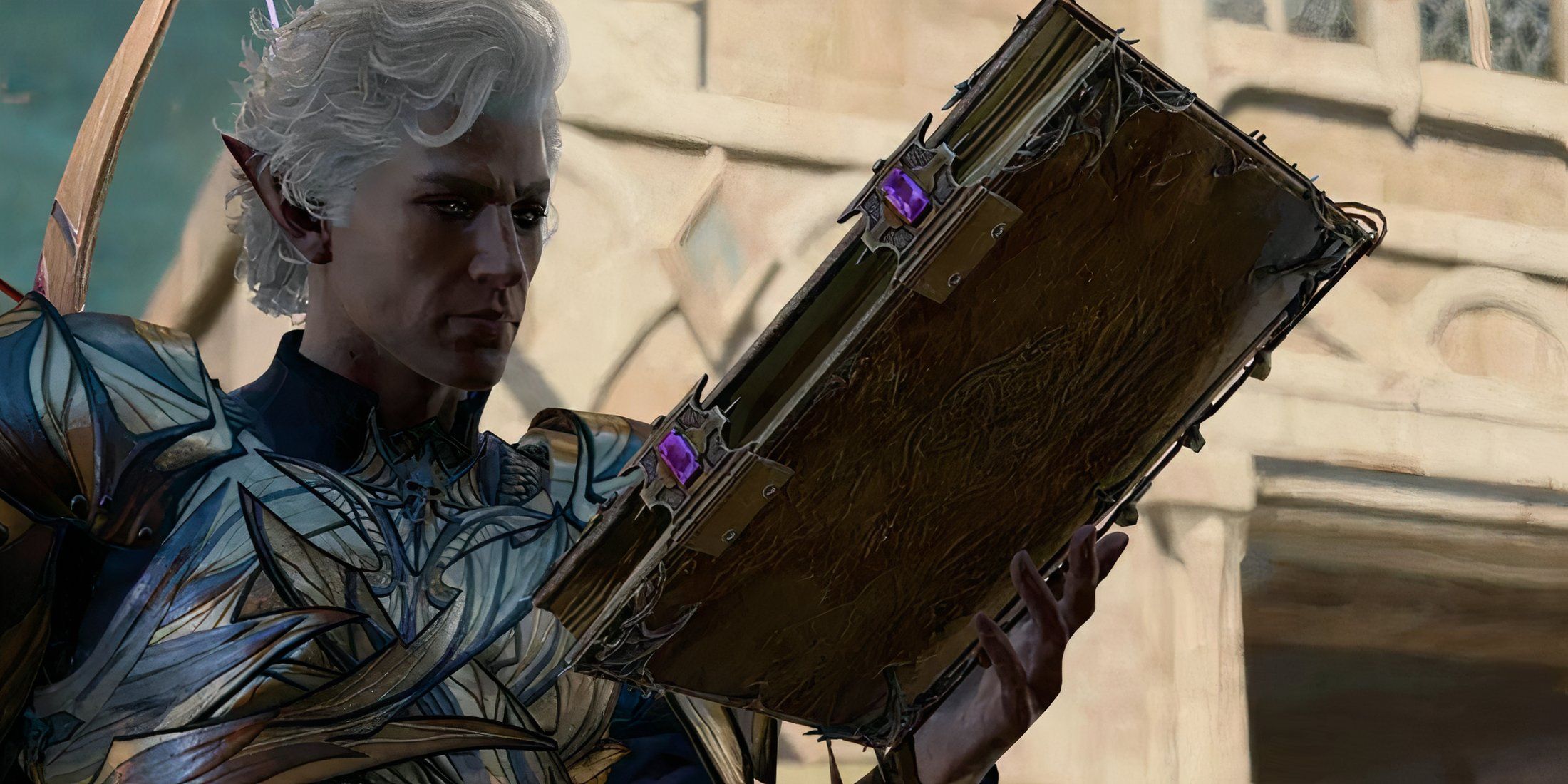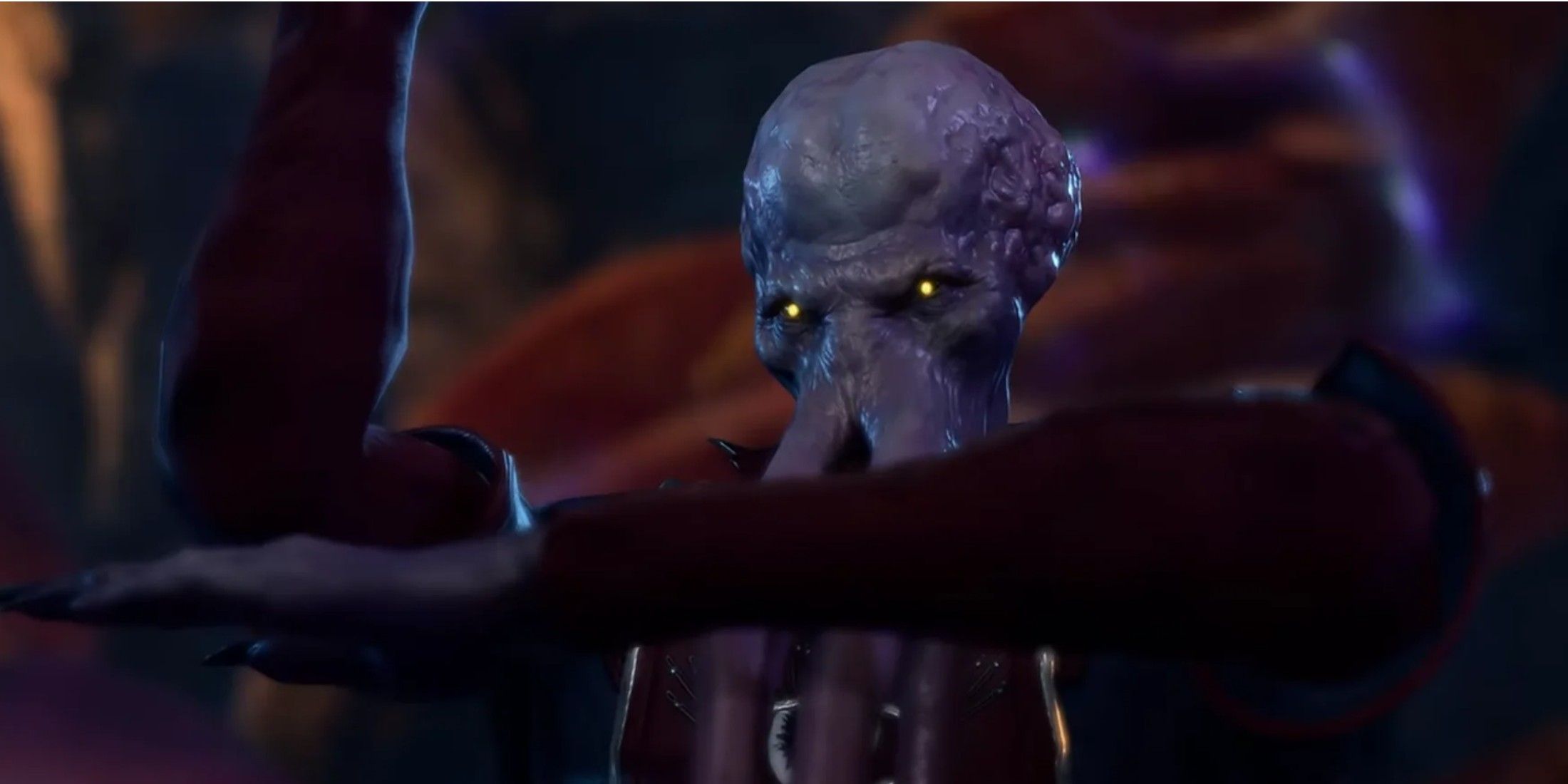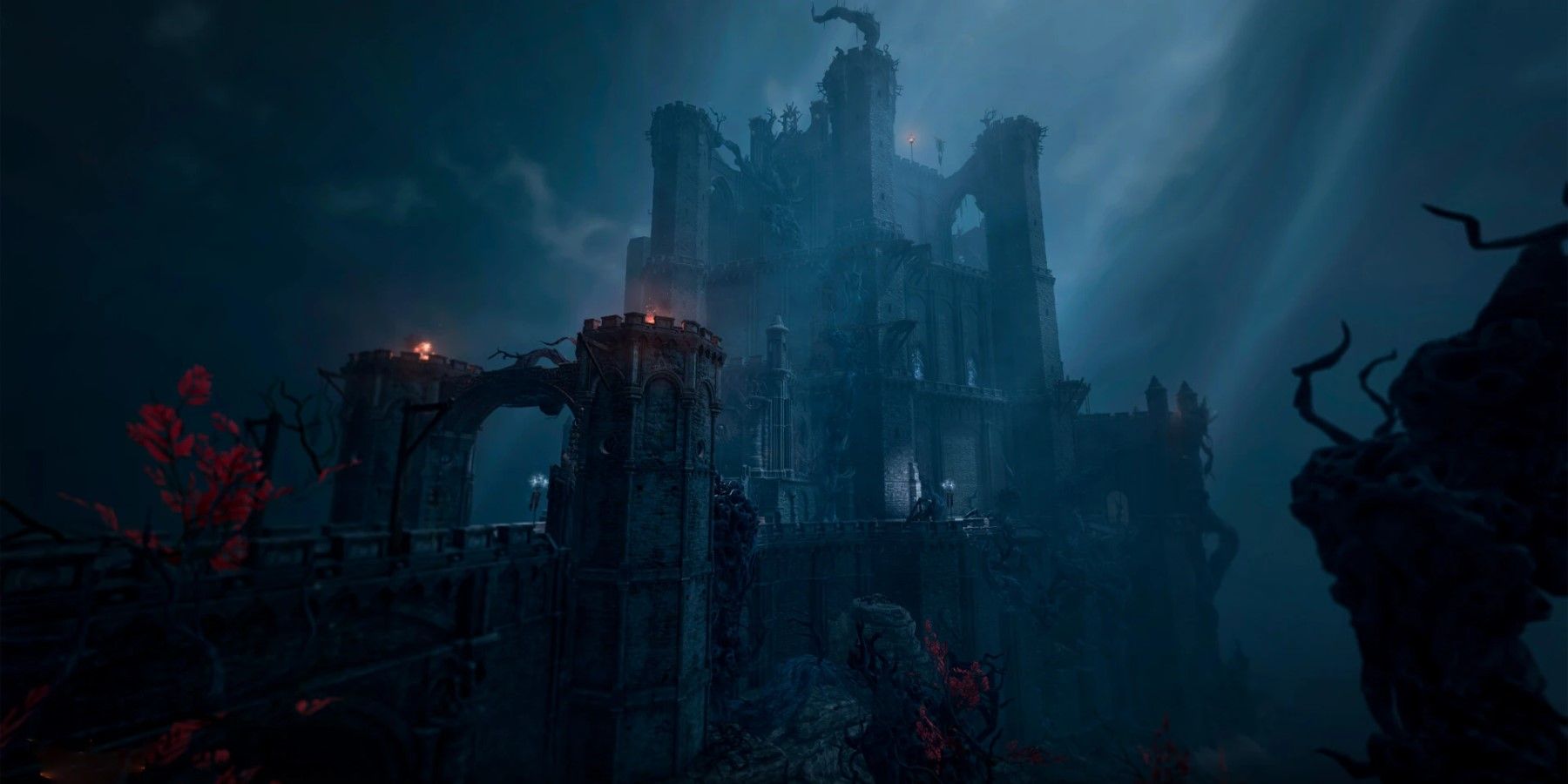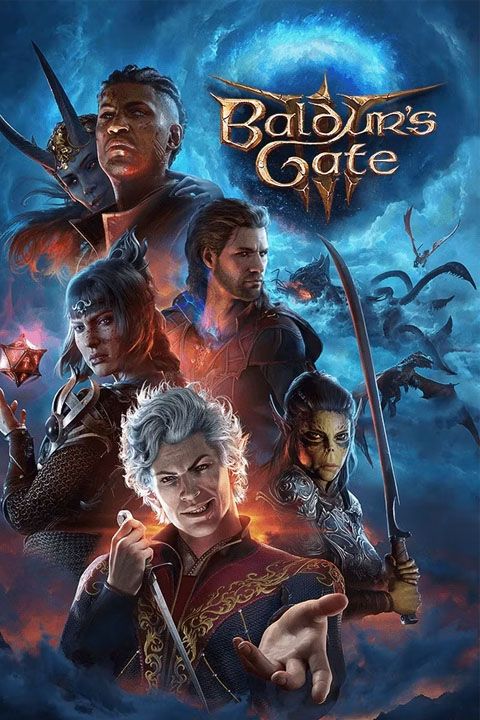Highlights
- Baldur's Gate 3 sets a new standard for D&D monsters, emphasizing social interaction alongside combat for a more compelling gameplay experience.
- Friendly monsters offer unique dialogue and story roles, breaking away from traditional enemy tropes.
- The game's dynamic interactions with creatures pave the way for richer storytelling in future D&D games, encouraging players to explore alternative paths.
The world of Dungeons and Dragons is often considered the paragon of all things high fantasy, its monsters included. Larian Studios’ award-winning Baldur’s Gate 3 took this fact and ran with it, from the main mind flayer problem to largely insignificant NPCs.
Yet Baldur’s Gate 3 could teach D&D and its video game adaptations something that’s easily forgotten—the game is simply more compelling when players can interact with fantastical creatures outside of combat. This is especially true for druids, given their reserve of spells that allow them to socialize with some creatures. Moreover, friendly or otherwise intelligent monsters encourage players to take routes other than violence. BG3 has pioneered this, setting a precedent for D&D monsters going forward, whether in its origin tabletop game or future Baldur's Gate games.
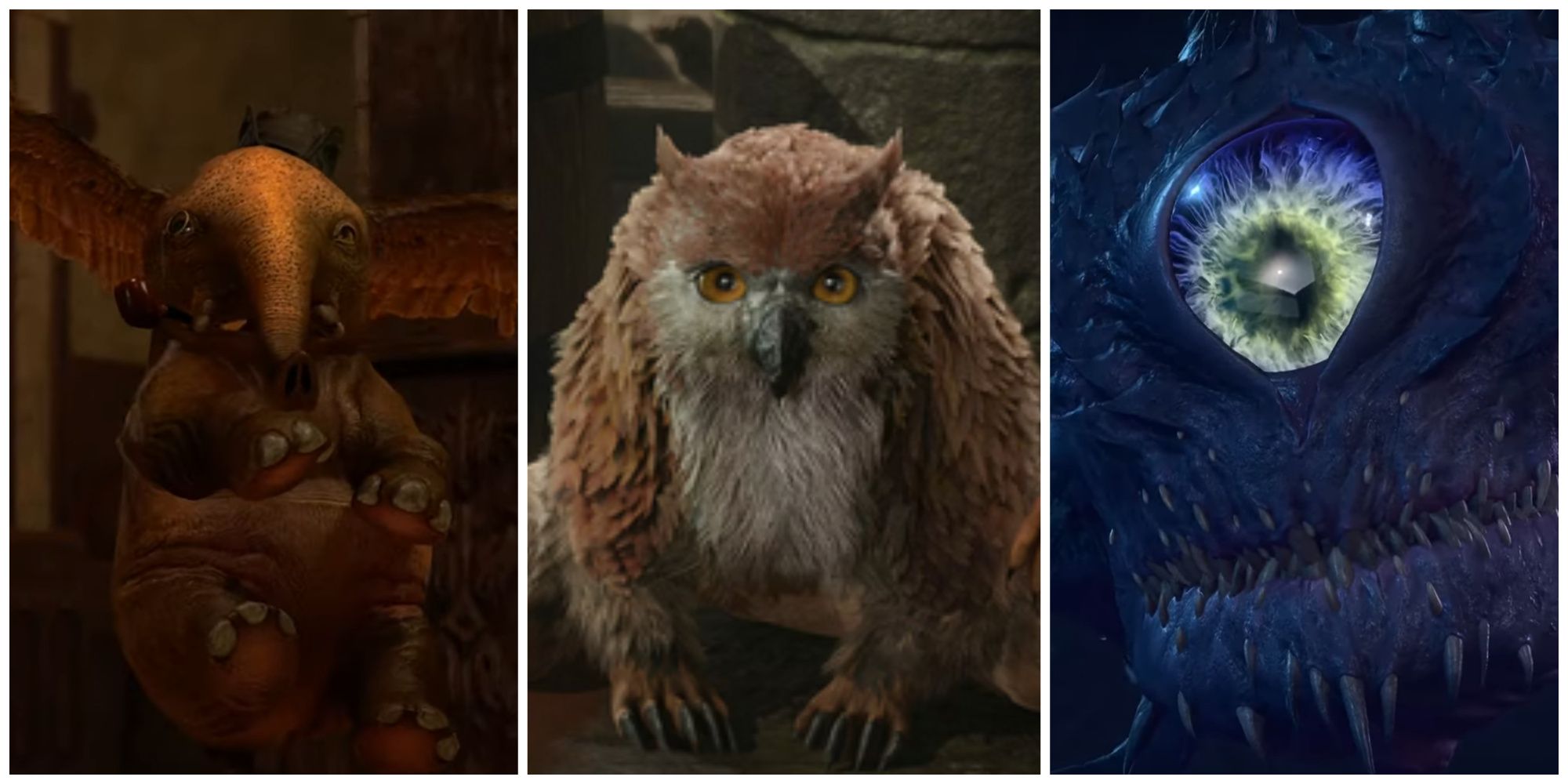
10 Best Dungeons And Dragons Creatures Included In Baldur's Gate 3
Many of Dungeons and Dragons' iconic creatures have made it into Larian's Baldur's Gate 3. These creatures delighted players when they appeared.
Baldur’s Gate 3 Leads in Roleplay with its Monsters
Owlbear Cub
The owlbear is one of the most iconic creatures in D&D. Alongside the dog Scratch, players can recruit an owlbear cub to camp, and the spell Speak with Animals will reveal cute dialogue from the not-at-all-dangerous little creature. By the end of the game, the owlbear has grown much bigger and will be adorned with armor to help fight the Absolute’s forces. It would be one thing to include the legendary owlbear as a simple nod to D&D and allow players to speak with it, but it's quite another to include it as a regular companion that players can pet and later go to battle with. In almost any other context, owlbears are a classic low-level enemy, making this piece stand out from what D&D players usually see from such dangerous beasts.
Ogres
In Act 1 in the Blighted Village, players can meet a trio of ogres led by Lump the Enlightened. If players comment on his enlightenment, which is far greater than his companions', he will say, “Am I not astonishing?” After offering him a large sum of gold or succeeding on a Persuasion check, Lump will agree to help take out Priestess Gut's goblin camp, and the ogre trio is the most powerful summon to have in the early game. On an amusing note, players who kill Lump will be able to see how he got his wit when he drops the Warped Headband of Intellect, which increases the wearer’s Intelligence score to 17.
Ogres, trolls, and the like are known for being huge fools who find it hard to think and hit even harder. This is true for Lump's companions, but not Lump himself. In fact, a lot of monsters for low level D&D players have low intelligence, making them experience fodder and little more. Baldur's Gate 3 takes a relatively minor interaction with traditionally dumb creatures and fills it with interesting dialogue and legitimate bartering for a much more memorable scene.
The Strange Ox
The presence of a strangely intelligent ox is an investigation that spans across all three of BG3’s acts, provided the creature is not killed. Using Speak with Animals, dialogue with it will reveal its insistence on being a real ox, its goals to get to Baldur’s Gate, and the horrific visions its mind harbors. If players are friendly to the ox that is actually an ooze, it will become one of the best summons for the final battle with the Absolute.
Similarly to an owlbear, taking a relatively ordinary animal and making it anything but simply isn't seen in a lot of D&D games. Going a step further and making an ox the disguise for an incredibly sinister ooze (which also isn't typical of oozes) is a fresh level of creativity that BG3 has become known for. Breaks in convention like this are crucial for establishing the identity of future D&D games, and can teach D&D dungeon masters a thing or two.
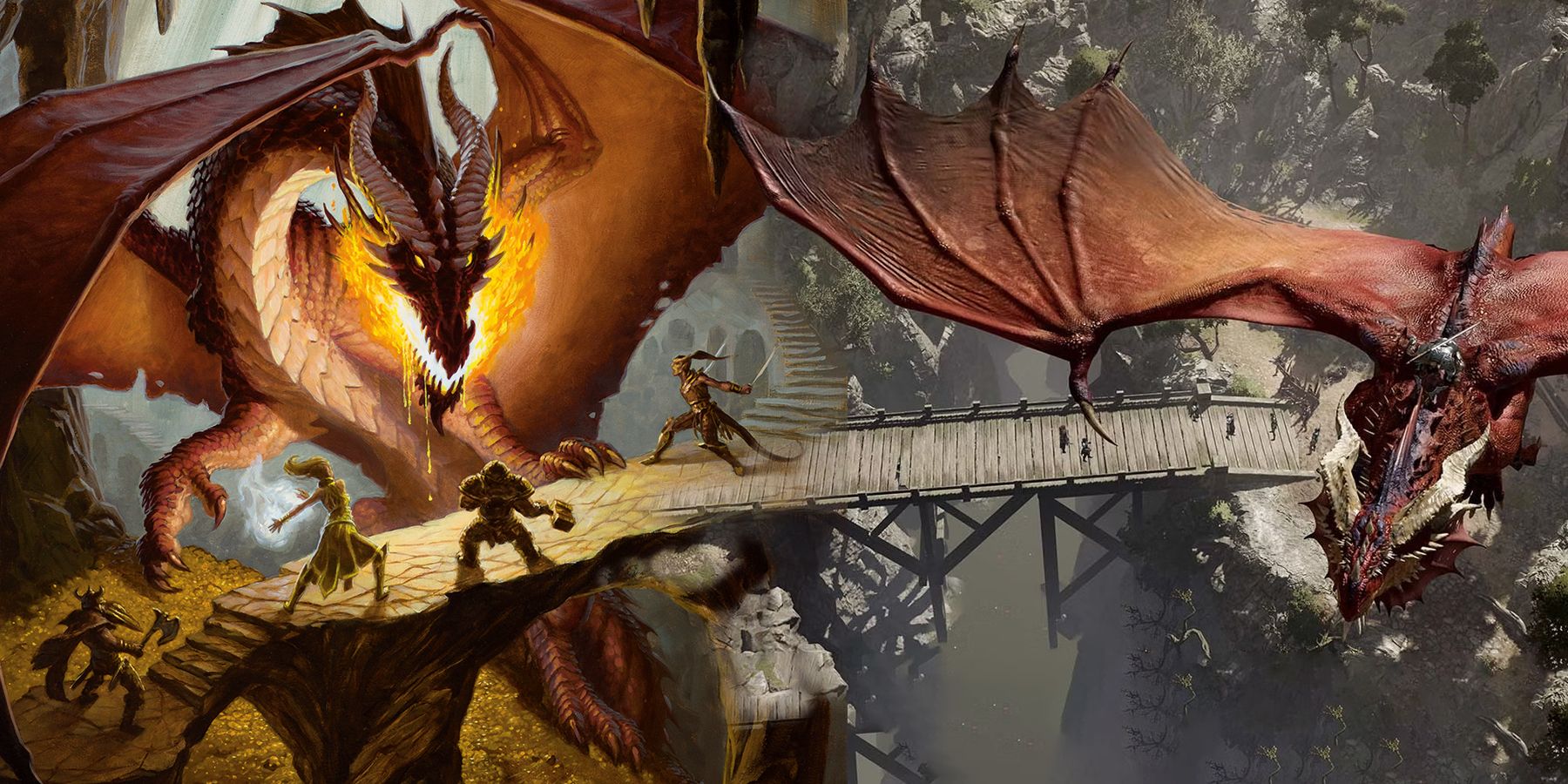
Baldur's Gate 3: 5 Ways It's Similar to 5E D&D (& 5 Ways It's Different)
In keeping with the preceding titles, Baldur's Gate 3 adapts rules from Dungeons & Dragons — this time from 5E. But where does it differ?
D&D's Staple Threats Offer More in BG3
Omeluum
The mind flayer Omeluum is an exceptional example of Baldur’s Gate 3’s friendly monsters and has become rather beloved in the fan community. After meeting it in the Underdark, Omeluum explains how it managed to break away from its Elder Brain and wishes to develop a brain-free diet for its kin. It is even sympathetic to the hostility players might feel toward it and only politely asks not to be attacked. It then offers to extract the player’s tadpole and can provide impressive assistance in the Iron Throne in Act 3.
Despite being one of the most iconic villains in D&D as a whole, this mind flayer is a steady source of aid and friendship over the course of BG3. For any roleplaying game, deeply intelligent monsters with a societal tendency to kill and subjugate, like mind flayers, choosing instead to be allies is criminally underutilized and creatively thrilling. After BG3, it wouldn't be surprising if future D&D games continue finding unique roles for mind flayers.
Moonrise Gnolls
While exploring Moonrise Towers in Act 2, players will discover an Absolutist controlling a small pack of gnolls in an attempt to turn them from their violent nature. If players sever her connection to them, they will slaughter her and offer a bit of dialogue. Notably, this exchange offers more on the amnesic Dark Urge's story for those pursuing the evil path. While perhaps not the most exciting among the friendly monsters, the gnolls at Moonrise provide a rare roleplaying opportunity—that is, rewarding players with lore for siding with monsters. This scene may seem insignificant and easy to miss in such a large game, but with details like this, D&D writers can instantly make a story more complex.
There are a number of fascinating interactions with creatures of all types in BG3, but by far the most unexpected are those that occur with monsters. In Dungeons and Dragons, it’s easy to fall into a game of playing the hero who slays every enemy in their path. Allowing for dynamic interactions with various outcomes instead rounds out a world and makes gameplay emotionally rewarding, which is why Baldur’s Gate 3 paves the way for both better tabletop gaming and richer stories in Baldur's Gate 4 and beyond.

